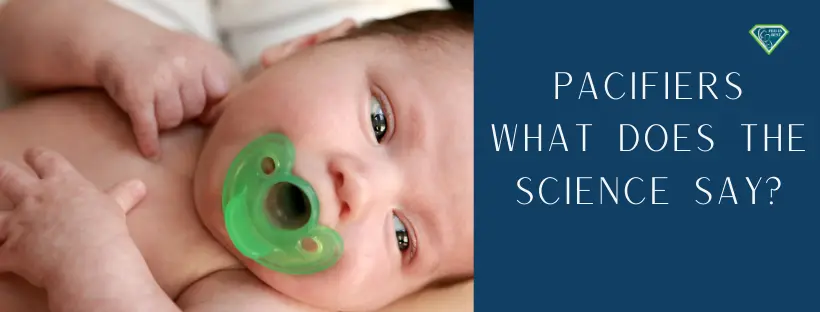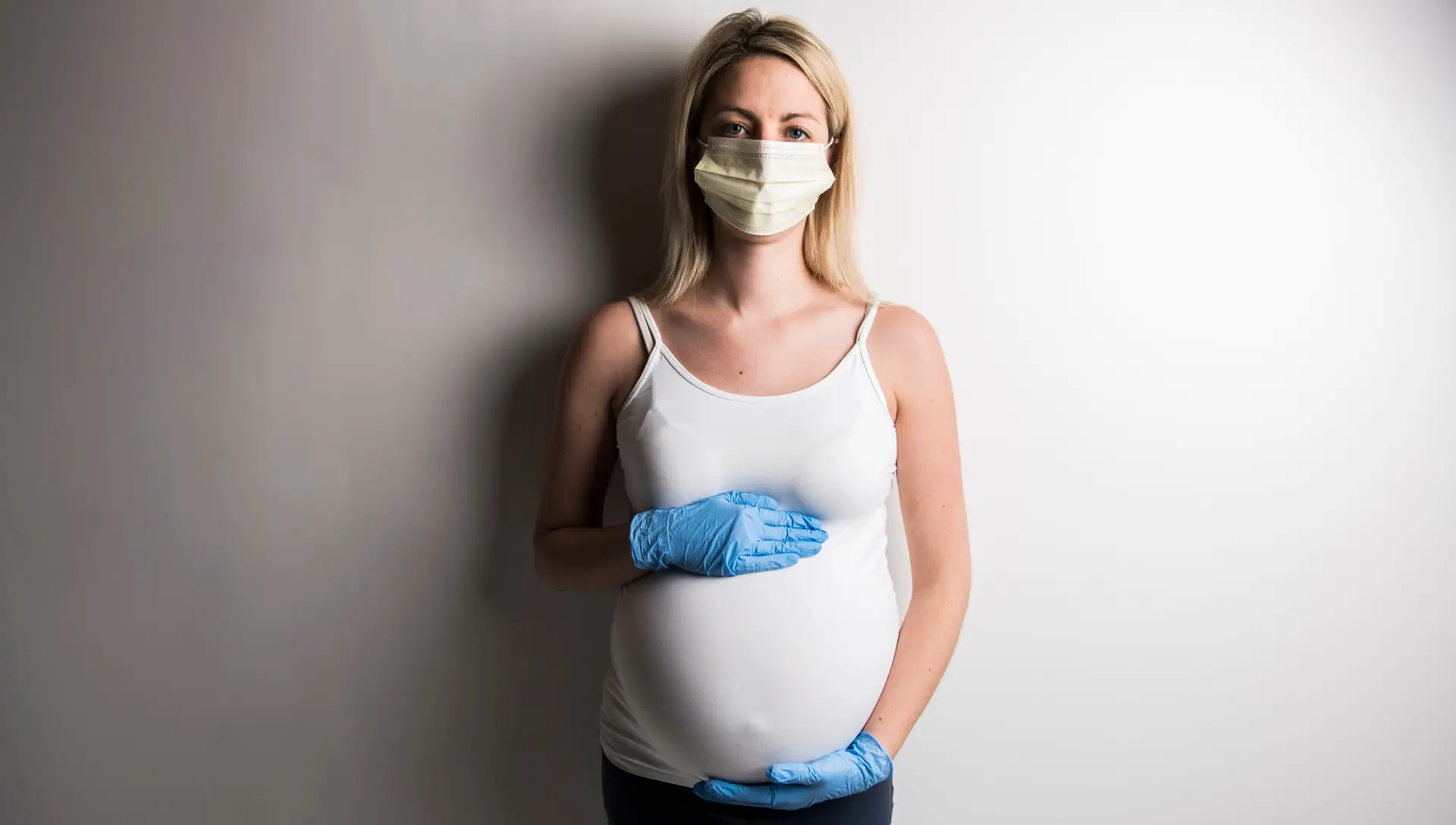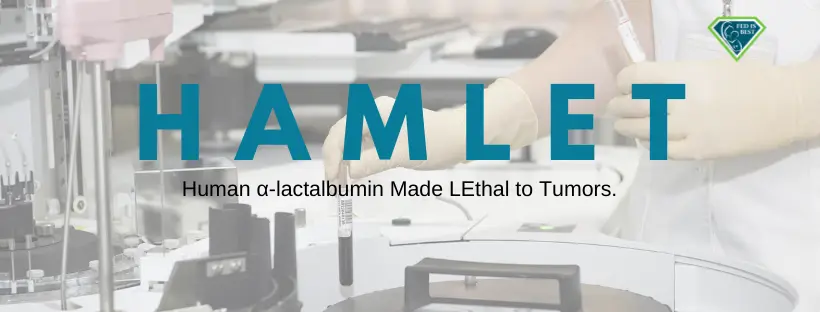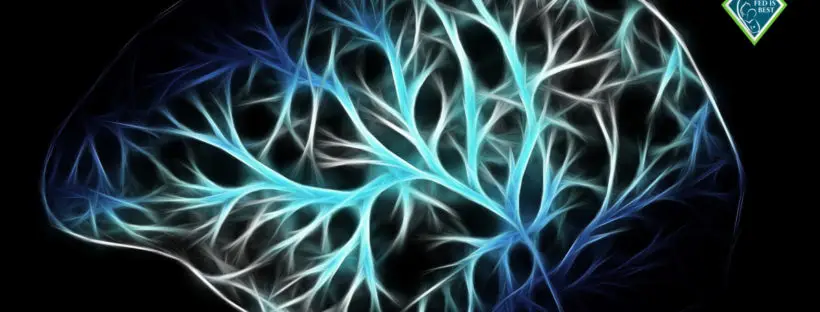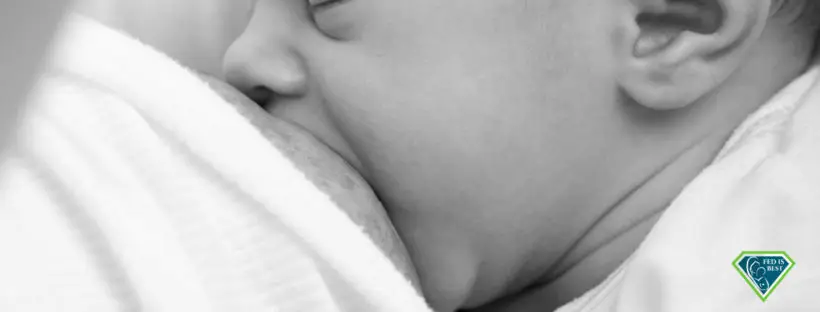BY ALEXANDRIA FISCHER, PHD CANDIDATE AT THE RENSSELAER POLYTECHNIC INSTITUTE, STUDYING SYNTHETIC MICROBIAL COMMUNITIES
The long list of things that we are told breastmilk can do seems to be never ending. The newest addition to the list is that stem cells in breast milk can travel from the gut to the brain of a breastfeeding infant. The linked news article says stem cells in breast milk have been seen in the brains of babies. They go on to say that breastfed babies are known to have higher IQs than formula fed babies, a fact that is decidedly false when studies control for socioeconomic factors. There is then an implication of some sort of mechanism between stem cells in the brain and an increased intelligence.
But upon closer examination of the evidence, stem cells haven’t been seen in the brains of human babies, but rather the brains of mice pups.
I have examined this study and described the methods as well as the strengths and weaknesses of it below. This study sought to track cells in breast milk from a mouse to pups that she is nursing. To do this they used mice that have and have not been tagged with a protein called GFP. GFP is a protein originally found in jelly fish, that glows green under certain conditions. In this study tagged mice fed untagged mice, allowing the researchers to look for glowing in the brains of the baby mice, to see if cells from breastmilk travelled from the guts to the brains. First the researchers looked at fluorescence or glowing in breastmilk of tagged and untagged mice. They did show that only the tagged milk glowed, however, they did not determine cell types in the milk, meaning we cannot make the determination that it is stem cells that they are tracking. The researchers then claim to have found the stem cells from breastmilk in the brains via glowing in brain tissue samples from mice pups fed from GFP tagged mice. However, this study lacked a control group where fluorescence was measured in untagged pups fed by untagged mother mice, meaning we have no baseline “glow” to compare results too. However, without a negative control (brain samples from an untagged pup fed by an untagged mother) we cannot make a determination about this data being artifacts of auto-fluorescence (background noise). This lack of a control is very concerning in light of the STAP cell fiasco, when major claims were made based on auto-fluorescence of stressed cells, rather than fluorescence due to changes applied by the researchers.
This paper is highly technical, but deeply flawed in the methods. They have failed to show adequate proof that a delicate stem cell can survive the acidic environment of the stomach and travel to the brain. However, even if we accept these unproven claims of breastmilk stem cells in the brain, long term data shows that the point is moot, as cognitive outcomes are equivalent in breastfed and formula fed infants.
Continue reading →

